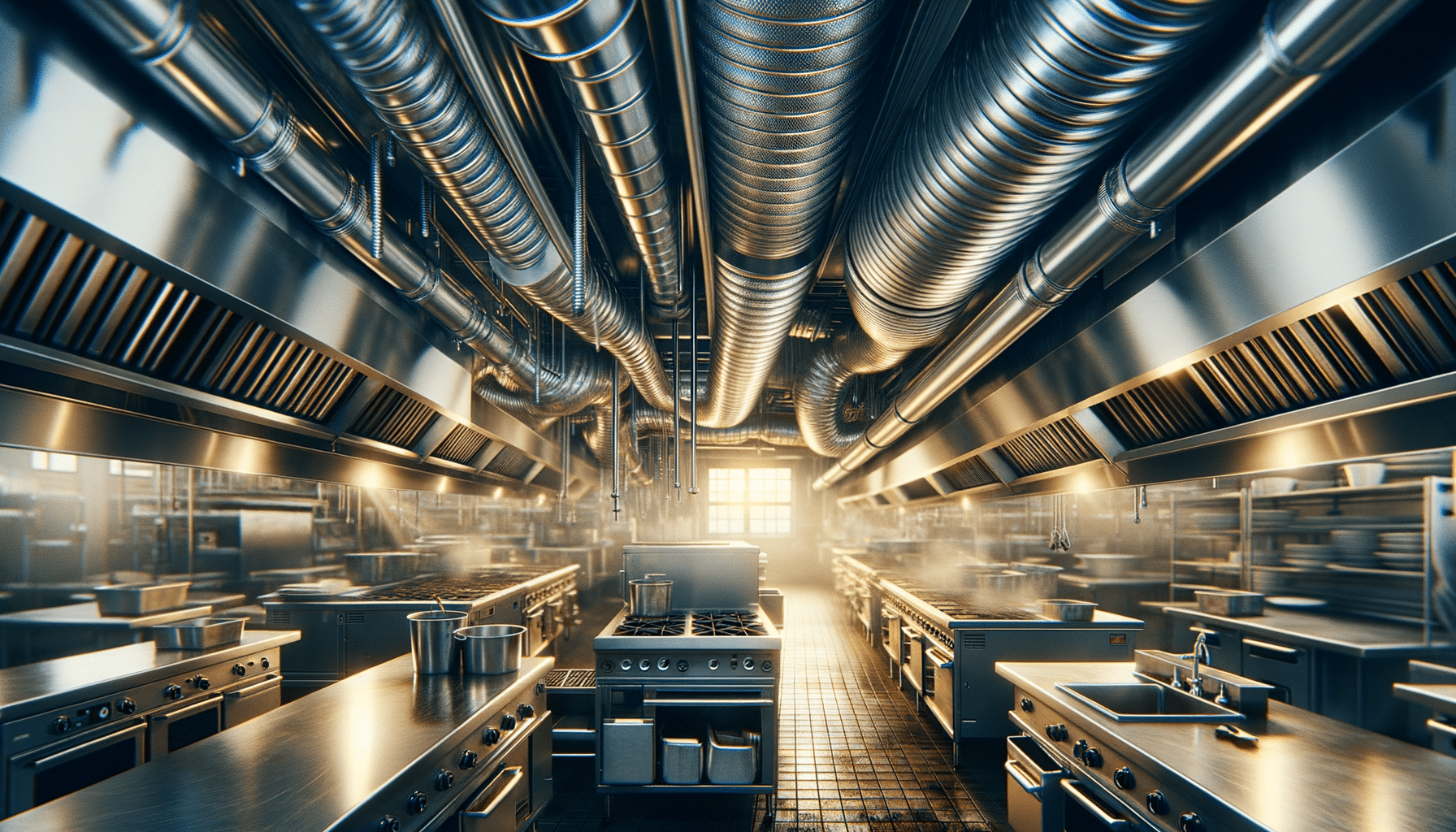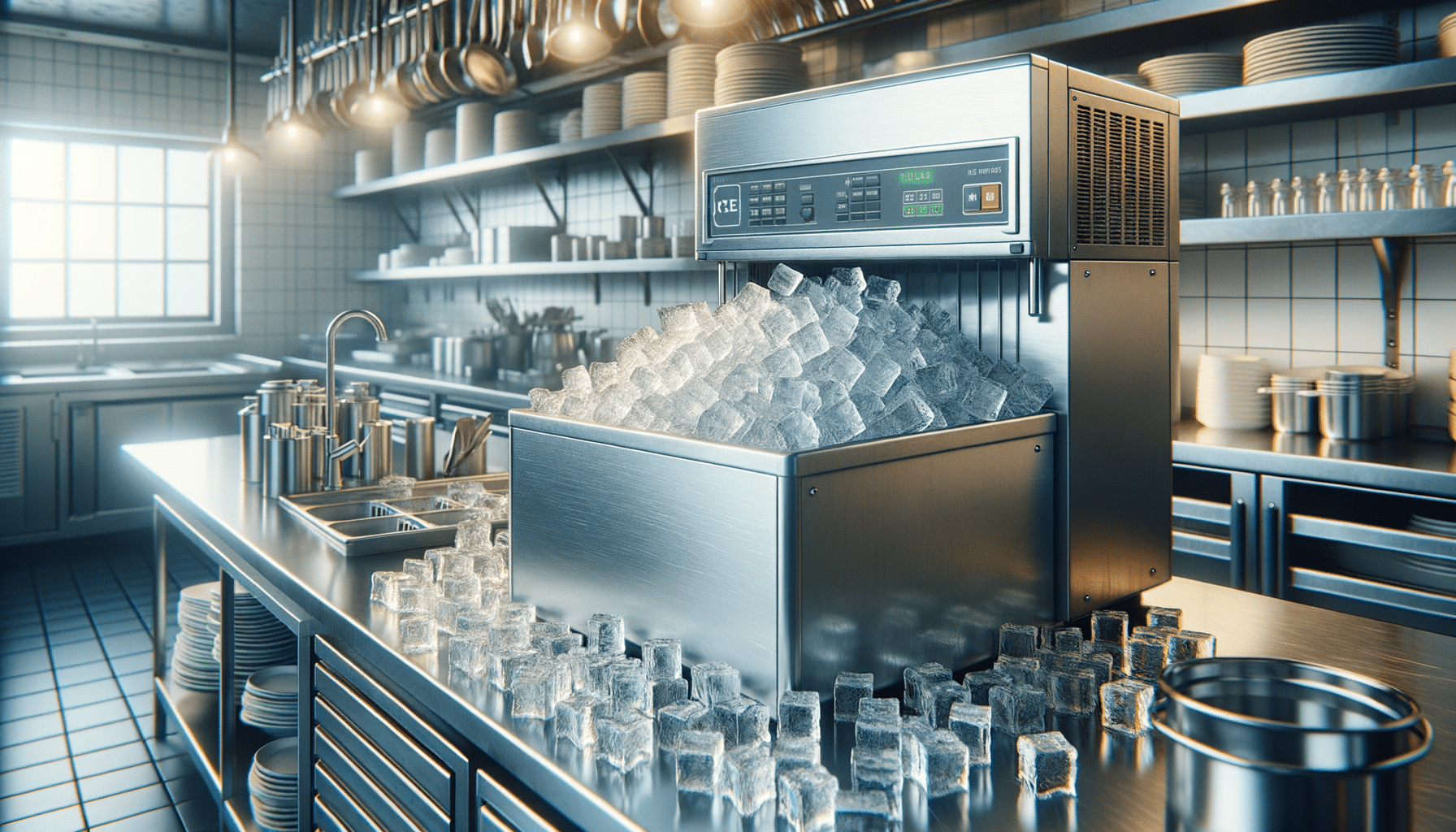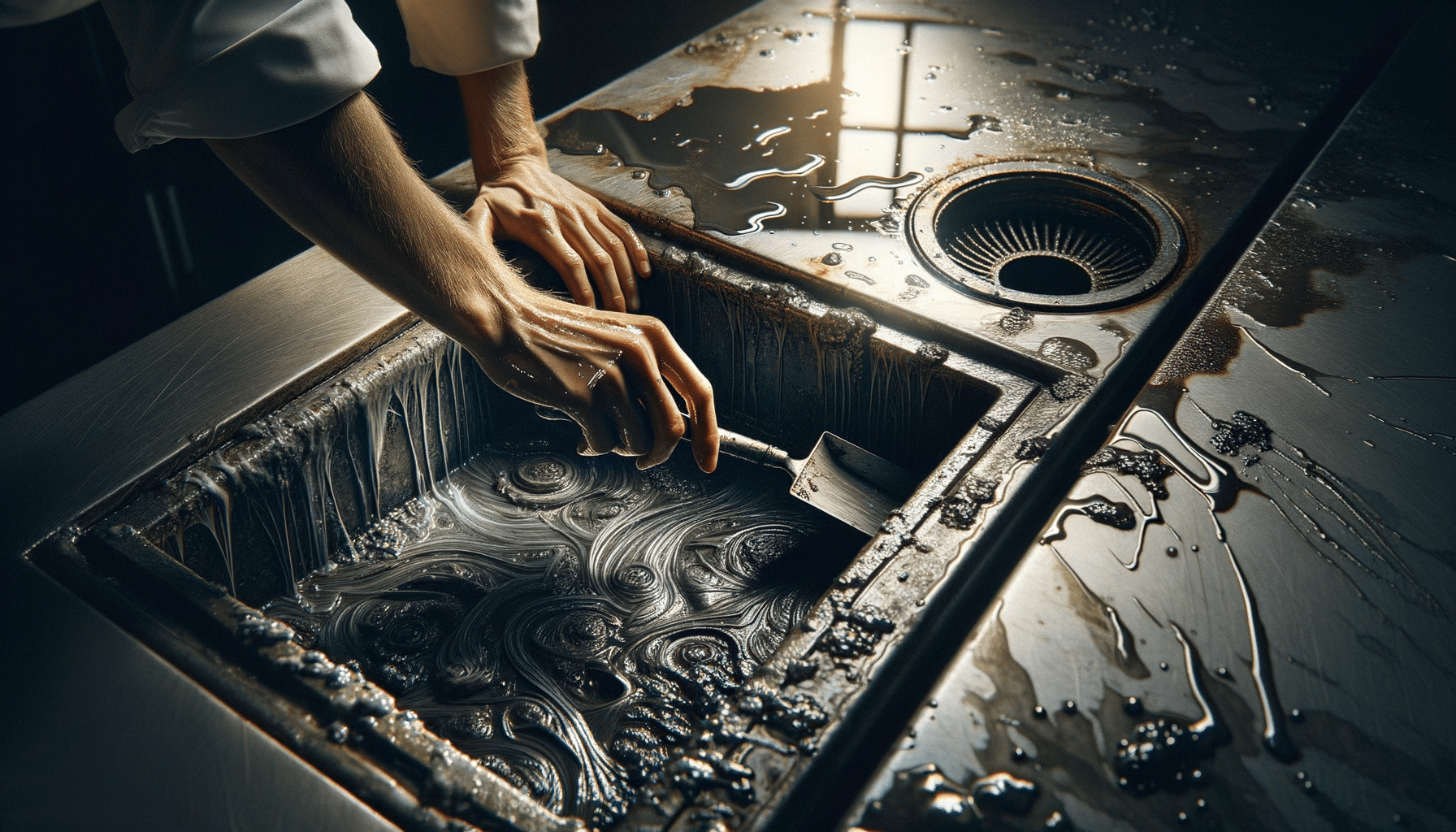
Comprehensive Guide to Restaurant Kitchen Exhaust Cleaning
Introduction to Restaurant Kitchen Exhaust Cleaning
Restaurant kitchen exhaust cleaning is an essential yet often overlooked aspect of maintaining a safe and efficient culinary environment. The exhaust system is responsible for removing smoke, heat, grease-laden vapors, and odors from the kitchen, ensuring a comfortable and hygienic workspace. Neglecting this critical maintenance task can lead to severe consequences, including fire hazards, poor air quality, and regulatory violations. This guide aims to provide a detailed overview of the importance, process, and benefits of regular kitchen exhaust cleaning, ensuring your restaurant operates smoothly and safely.
The Importance of Regular Exhaust Cleaning
Regular cleaning of the kitchen exhaust system is crucial for several reasons. Firstly, it significantly reduces the risk of fire. Grease buildup in the exhaust ducts can ignite, posing a serious fire hazard. According to the National Fire Protection Association (NFPA), cooking equipment is a leading cause of structure fires in eating and drinking establishments, with neglected cleaning being a primary factor.
Secondly, a clean exhaust system improves air quality within the kitchen and dining areas. Proper ventilation ensures that smoke and odors are efficiently removed, creating a pleasant environment for both staff and patrons. Additionally, regular maintenance supports compliance with health and safety regulations, which can vary by region but universally emphasize the importance of clean exhaust systems to prevent hazards.
Lastly, maintaining a clean exhaust system can extend the lifespan of the equipment. Grease and grime can cause corrosion and damage over time, leading to costly repairs or replacements. By investing in regular cleaning, restaurant owners can protect their investment and ensure the longevity of their kitchen equipment.
Understanding the Cleaning Process
The process of cleaning a kitchen exhaust system involves several steps, each critical to ensuring thorough removal of grease and contaminants. Initially, the system is inspected to assess the level of buildup and identify any potential issues. This inspection helps in determining the appropriate cleaning methods and tools required.
Once the inspection is complete, the cleaning process begins with the disassembly of parts such as filters and hoods. These components are typically soaked in a degreasing solution to break down accumulated grease. The interior surfaces of the ducts and fans are then cleaned using specialized tools like rotary brushes and high-pressure washers. This step is crucial for removing stubborn grease deposits that regular cleaning methods might miss.
After cleaning, the system is reassembled and tested to ensure proper operation. This comprehensive approach not only enhances the safety and efficiency of the exhaust system but also complies with industry standards and regulations.
Choosing a Professional Cleaning Service
While some restaurant owners might consider handling exhaust cleaning in-house, hiring a professional service is often the more effective and reliable option. Professional cleaners bring expertise and specialized equipment to the task, ensuring thorough cleaning and compliance with safety standards.
When selecting a cleaning service, consider factors such as experience, certifications, and customer reviews. Experienced professionals are well-versed in the latest cleaning techniques and regulations, providing peace of mind that the job will be done correctly. Additionally, certified companies are often required to follow specific guidelines, ensuring a high standard of service.
It’s also beneficial to choose a service that offers flexible scheduling, minimizing disruption to your restaurant’s operations. Regularly scheduled cleanings, typically every three to six months, can help maintain the system’s efficiency and safety.
Conclusion: Ensuring a Safe and Efficient Kitchen
In conclusion, restaurant kitchen exhaust cleaning is a vital component of maintaining a safe, efficient, and compliant culinary environment. Regular cleaning reduces fire risks, improves air quality, and extends the lifespan of kitchen equipment. By understanding the cleaning process and choosing a reputable service, restaurant owners can ensure their kitchen operates smoothly and safely.
Investing in regular exhaust cleaning not only protects your business but also contributes to a better dining experience for your customers. As the saying goes, “an ounce of prevention is worth a pound of cure,” and this certainly holds true for maintaining a clean and efficient kitchen exhaust system.


